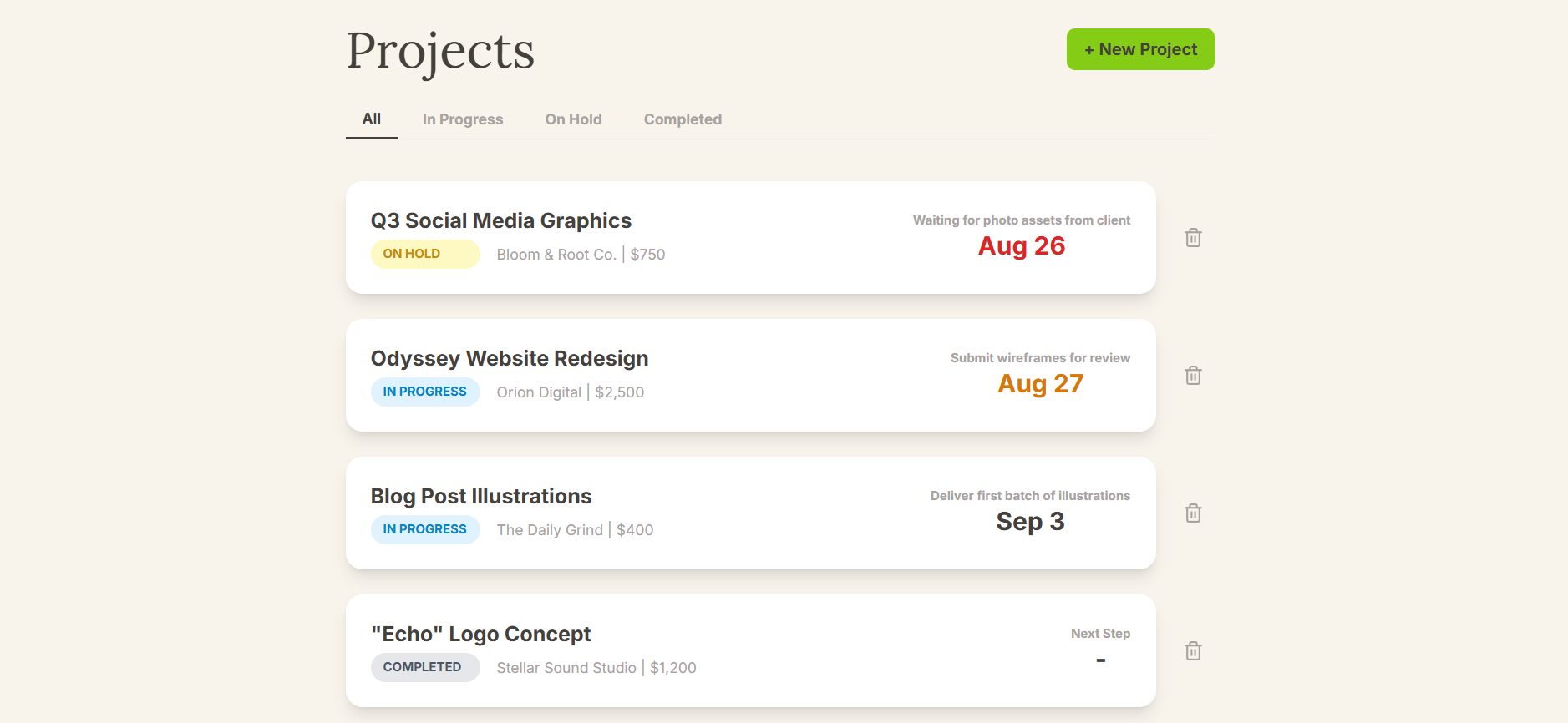September 26, 2025
How to Deal With Difficult Clients: A Freelancer’s Guide to Staying Calm and in Control
The best way to deal with difficult freelance clients is to use the "Facts Over Feelings" method. This involves calmly moving the conversation away from emotion and basing it on objective, documented facts (like contracts, emails, and project notes) to find a professional resolution.

That sinking feeling when an email from that client lands in your inbox. "What now?" You're not alone. Dealing with a difficult client is a rite of passage for freelancers. They drain your energy, kill your creativity, and make you doubt your own expertise.
The key to handling them isn't infinite patience; it's a solid process. This guide will show you how to separate the emotions from the facts, manage the situation professionally, and reclaim your control.
The "Facts Over Feelings" Method: Your Ultimate Defense
The enemy in a difficult client situation is rarely the client—it's your own emotional response (fear, anger, anxiety). You cannot win an emotional argument. Your greatest shield is objective fact.
A difficult client can argue with your feelings, but they cannot argue with a record. Where do these facts come from? From a system you build before the problem starts.
- Fact #1: What did the contract say? (Did your onboarding checklist cover this?)
- Fact #2: What was the last update? (What did you promise in your weekly report?)
- Fact #3: What was agreed upon? (What's in your project log from that last call?)
The Jornl Shield: How Your "Project Notes" Make You Unflappable
The biggest mistake is starting a reply with "I think..." or "I remember..." A professional says, "Let me check our notes."
This is the superpower of Jornl. It’s not just a to-do list; it’s your system of record. When a client says, "I thought this new feature was included," you don't argue. You calmly open Jornl, go to that project's "Notes" tab, and say:
"Let's look at the record together. Our note from the October 10th kick-off call lists scope A, B, and C. This new task is D. I'd be happy to scope that out for you as a new item. How would you like to proceed?"
It instantly defuses the emotion and turns a potential conflict into a simple business discussion.
3 Types of Difficult Clients and How to Handle Them (with Templates)
Use these templates as a starting point. They are built on the "Facts Over Feelings" method.
1. "The Scope Creeper"
This client constantly adds "one more small thing" to the project.
Template:
"That's a great idea. It falls just outside our original scope for this phase.
I can scope it out as a separate item for you. Would you prefer I do that now, or should we add it to the 'Phase 2' ideas list?"
2. "The Late Payer"
This client is always "forgetting" to pay your invoices, causing massive stress.
Solution: This is such a critical topic, we built a complete system for it. Here is our full guide on how to professionally follow up on unpaid invoices.
3. "The Micromanager" or "The Ghost"
These are two sides of the same coin: poor communication. One client demands updates every three hours; the other disappears for weeks.
Solution: You fix this with proactive boundaries. The best defense against both is a weekly P.A.R. report. It trains the micromanager to wait for the report, and it gently pulls the "ghost" back into the loop every week.
Knowing When to Walk Away: How to "Fire" a Client Professionally
Sometimes, the only way to win is to stop playing. If a client is consistently disrespectful, refuses to pay, or causes extreme stress that affects your health, it's time to "fire" them.
- Document everything: Keep all communication professional.
- Deliver all completed work.
- Send a final invoice.
- Use a simple, professional script: "Hi [Client Name], it's been a pleasure working on [Project]. However, it seems we're not aligned on the process. I'm committed to completing [Final Task], after which we will need to end our engagement. I will ensure all files are handed over smoothly."
Frequently Asked Questions (FAQ)
Q: What do you do when a freelance client is unresponsive?
A: First, don't assume the worst. Wait 2-3 business days, then send a polite, professional follow-up that clearly states what you need from them to move forward.
Q: How do you tell a client they are out of scope?
A: Be positive and frame it as a new opportunity, not a "no." Use a script like, "That's a great idea. It's not part of our current scope, but I'd be happy to price it as a separate small project for you."
Q: Can a freelance client sue you?
A: Yes, in theory. This is why a signed contract and a clear system of Notes (like in Jornl) are your best defense. Documentation is your protection.
Conclusion
Difficult clients are not something that just happens to you; they are a business challenge you can manage. Control comes from replacing emotion with process.
Stop relying on your memory and start building your system of facts. To keep the calm, objective Notes you need for every project, try Jornl. It’s the control panel for your freelance business.
